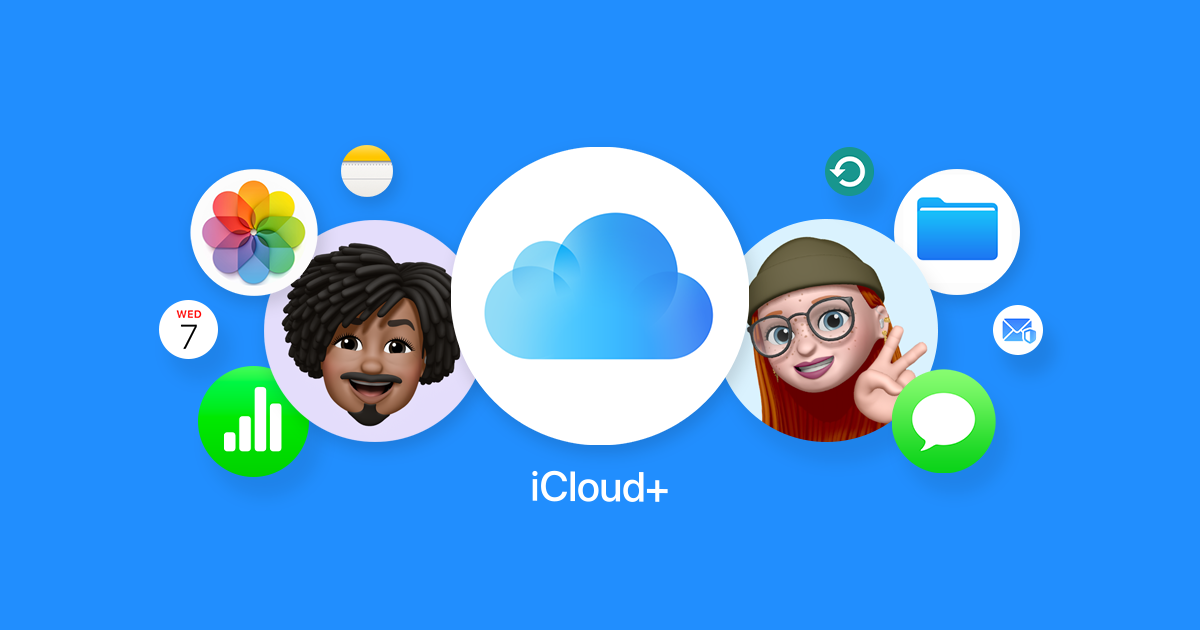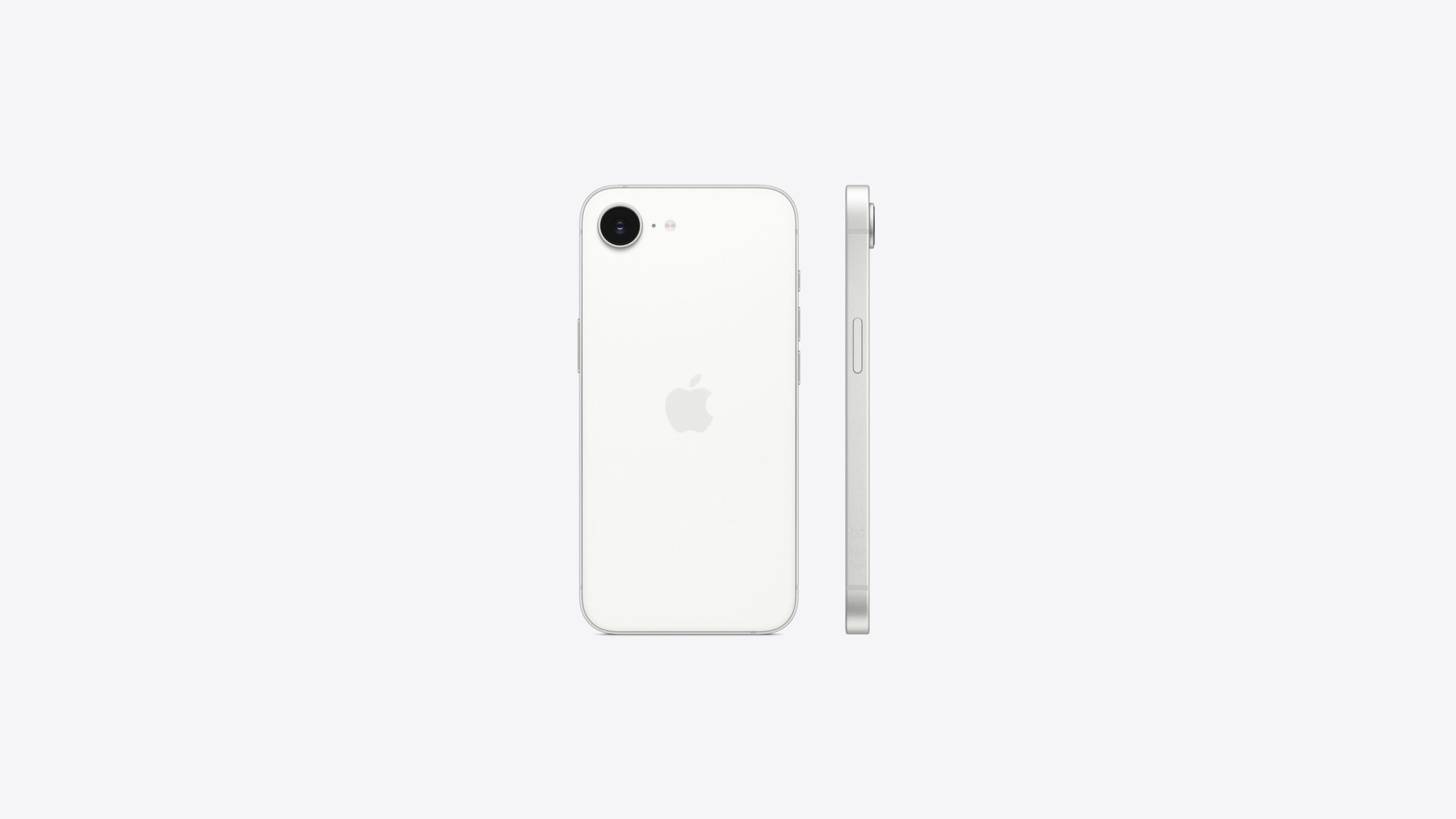In a recent blog, Ming-Chi Kuo, an expert on Apple’s supply chain, shared some exciting news. He said the upcoming iPhone 17 Air will come with a “high-density” battery, which could mean better power for this super-slim phone.
Kuo mentioned that this new iPhone, expected to fold, will use the same kind of battery as the ultra-thin iPhone 17. These high-density cells pack more energy into a small space. He didn’t give exact numbers for how much power they’ll hold, though.
People have worried that the iPhone 17 Air’s thin design might mean a weak battery. After all, a smaller body leaves less room for a big battery. But it looks like Apple’s got some tricks up its sleeve! Three rumored features could help this phone last longer than expected. First, there’s that high-density battery. Second, Apple’s new C1 modem chip saves energy. And third, skipping the Ultra Wide camera frees up space inside for a bigger battery.
Apple is likely to show off the iPhone 17 Air in September. Kuo says it’ll be just 5.5mm thick at its slimmest spot, making it one of the thinnest iPhones ever. With these smart design choices, the iPhone 17 Air might surprise us all with how long it can go between charges.






